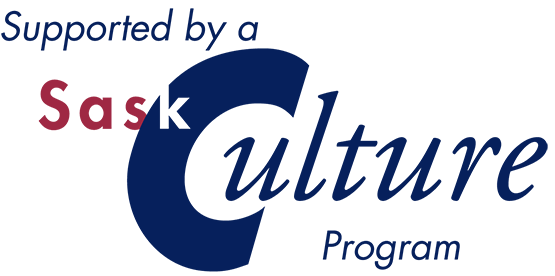Safer Space Guidelines
The Museum Association of Saskatchewan (MAS) is dedicated to providing a safer space for everyone, regardless of gender, gender identity and expression, sexual orientation, disability, physical appearance, age, language, body size, race, ethnicity, nationality, religion, socioeconomic standing, or otherwise. This applies to all MAS spaces and programs, including workplace, in-person and online events, in-person online synchronous and online asynchronous programming, as well as all online platforms, emails, and any other spaces that MAS hosts.
MAS does not tolerate any form of discrimination, harassment, or any inappropriate conduct. This includes but is not limited to: racism, white supremacy, sexism, heterosexism/homophobia, cissexism/transphobia, sizeism, ableism and ageism, sexualized violence, and harassment. Anyone who acts in any type of behaviour that is considered harmful, violent or aggressive may be prohibited, expelled, or banned from these spaces.
MAS acknowledges that the work of creating safe, welcoming, and inclusive spaces and experiences for everyone is an active process.
As we work together as a sector towards inclusion, MAS expects and encourage our members, participants, and users to:
Respect others’ physical and emotional boundaries.
Respect others’ identities and backgrounds, including pronouns and names.
Do not assume or make judgments on anyone’s gender identity, sexual preference, survivor status, health status, economic status, religion, background, beliefs, opinions or otherwise.
Report any inappropriate behaviour to MAS staff.
Care for yourself and others.
What is a safer space?
A safer space is a supportive, non-threatening environment, intended to be free of bias, conflict, criticism, or potentially threatening actions, ideas, or conversations. We use the word safer to acknowledge that safety is relative: not everyone feels safe under the same conditions. By acknowledging the experiences of each person, we hope to create as safe an environment as possible. Using the term safer space also reflects the fact that discrimination and harassment can and do occur even in spaces where norms, policies, and procedures have been put in place to prevent such behaviour, and that the work of increasing safety is an active process that should never be considered done.
Discrimination: Discrimination can be direct or indirect, active or passive. Insufficient accessibility, harassment, sexual harassment, and inciting to discriminatory acts are all forms of discrimination.
Discrimination refers to the unfair or prejudiced treatment of any group of people or individual person based on one or more of the following attributes:
- gender
- trans or non-binary gender expression
- cultural or ethnic background
- religion or other faith
- ability
- sexual orientation
- age
- nationality
- origin
- language
- appearance
- class or socioeconomic background
Inclusion: Our definition of inclusion is defined as ‘a state of being and feeling valued, respected and supported.’
Examples of harassment and other inappropriate conduct include:
aggressive pressuring, threats, bullying, isolating, and intimidating of others. Sexual harassment may refer to behaviours such as unwanted and inappropriate comments of a sexual nature, or physically approaching a person in an inappropriate way in a social setting.
Acknowledgment and Resources
Safer Space Guidelines Mental Health Commission of Canada
Creating a Safer Spaces Program Sexual Assault Centre of Edmonton
Building Safer Spaces Toolkit York University
Respectful Workplaces in the Arts HR Management Toolkit Cultural Human Resources Council



